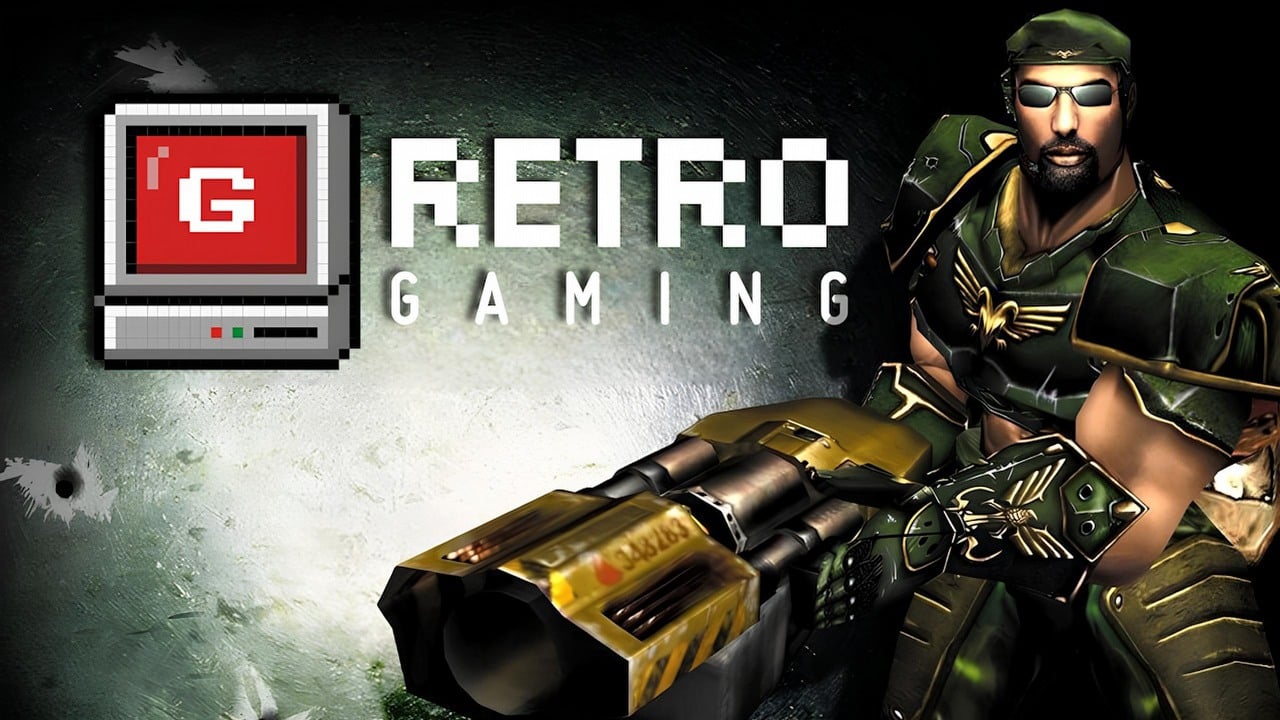
Reflecting back on my gaming journey, I must say that Unreal Tournament (UT) from 1999 remains one of the most memorable experiences I’ve had. As someone who grew up with a joystick in my hand and a dream in my heart, UT was more than just a game – it was a revolution.
By the late ’90s, the id Software team had ruled supreme in the first-person shooter genre. However, in 1998, the game Unreal made its debut, and its popularity posed a challenge to John Carmack’s team, who had been comfortable in their leadership role until then.
25 years ago, Unreal Tournament was released, a game developed by Epic Games and Digital Extremes, which had been designed to address the shortcomings in multiplayer experienced by its predecessor, and to challenge Quake III: Arena that came out shortly before. Despite initial weaknesses in multiplayer, after 1.5 years of development, Unreal Tournament aimed to erase these issues and establish itself as a dominant force in the gaming world.
Multiplayer for singleplayers
Without a shadow of a doubt, Unreal Tournament was initially designed as a multiplayer game, which could be enjoyed either on a local network or online. Yet, for those who prefer solo play, there are still engaging aspects to explore. The developers chose not to develop an immersive story campaign with mission-based levels and objectives that progress the narrative.
Instead, we found ourselves engaged in a sequence of encounters with artificial opponents. Progressing through these skirmishes, we shifted from one battleground to another and adjusted to varying gameplay modes. The culmination of our struggle came when we confronted the formidable Xan Kriegor. The entire experience was loosely based on a straightforward narrative about a brutal tournament in the future, where contestants fought for supremacy and the title of Grand Master. Needless to say, our primary objective was to achieve that very distinction.
Individuals who perfected their abilities in multiplayer games frequently considered the single-player mode in Unreal Tournament as merely a means of practice or even ignored it completely. However, there were many who cultivated a profound affection for the game created by Digital Extremes and Epic Games thanks to its single-player mode. This was true for my friends (who, at best, had modems and could scarcely imagine having a consistent internet connection) and myself at that time. It appears that this sentiment was not uncommon, as evidenced by the comments section of our encyclopedia entry.
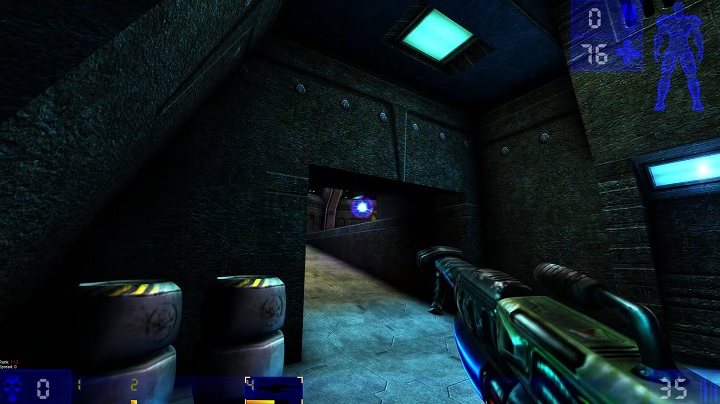
Double Kill, Multi Kill, Ultra Kill, Monster Kill!!!
Unreal Tournament worked hard to keep players engaged by providing a multitude of game modes. For instance, Deathmatch and Team Deathmatch allow players to compete for the most kills to determine the winner. Additionally, players could test out the Domination mode, where teams battle it out to control specific territories. The Capture the Flag mode also presents an option, with two teams trying to snatch the enemy’s flag and return it to their own base. Lastly, the game offers Assault mode, in which one team carries out missions (often involving destroying objects), while the other team tries to stop them at all costs. Another variant is Last Man Standing, where the objective isn’t solely focused on killing opponents, but rather on avoiding deaths.
It’s important to note that the settings where the game action unfolded were particularly varied and imaginative. This range spanned from a spaceship, a fort, a gothic cathedral, a city street, and even more creative landscapes like a moving train, asteroids in space, and a large sailing ship. At this stage, we traversed these areas on foot, as there were no vehicles to be found on the battlefields that seemed otherworldly. The transition from one point to another was made exciting (and efficient) through teleportation devices that swiftly transported us across the map.
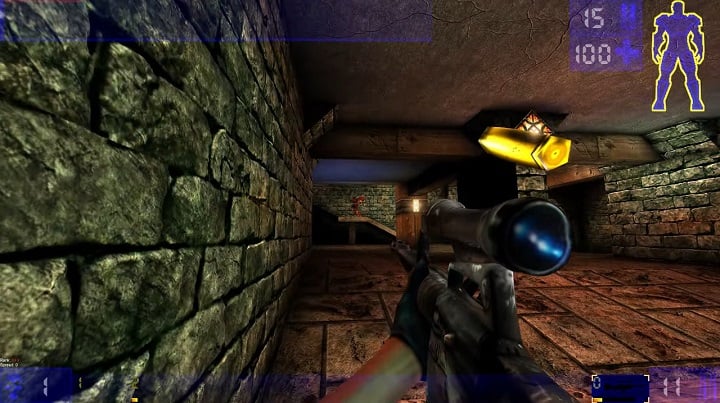
Bloodbath
Beyond updating us on our point tally, the commentator’s exclamations also reflected our overall performance. Aside from the scores mentioned earlier that highlight our ‘frags’ within a specific timeframe, you could also hear enthusiastic cheers like “Killing Spree!”, “Rampage!”, “Dominating!”, and “Godlike!” resonating after achieving a certain number of frags during a single session or ‘life.’
Let’s shift our focus to the term “fragging”. Essentially, we began our gaming journey with just one weapon, the Enforcer pistol. However, as time went on, we accumulated an impressive collection of lethal tools for mayhem. We’re talking about items such as machine guns, sniper rifles, and energy weapons. Additionally, there was a blade launcher that ricocheted (Ripper), and explosive options like rocket launchers or even the Flak Cannon. The pièce de résistance was undoubtedly the Redeemer, which unleashed a tiny atomic bomb, leaving quite a mess for the player who wielded it.
Each firearm possessed a secondary firing option, typically boosting the damage output but consuming ammunition quicker. On the battlefield, we’d often come across power-ups shaped as health kits, armor upgrades (improving resistance to harm), and additional enhancements. The experience was further elevated by “modifiers,” unique adjustments to gameplay. For instance, the “InstaGib” setting equipped all participants with identical weapons (Shock Rifles), capable of delivering a fatal blow with a single shot.
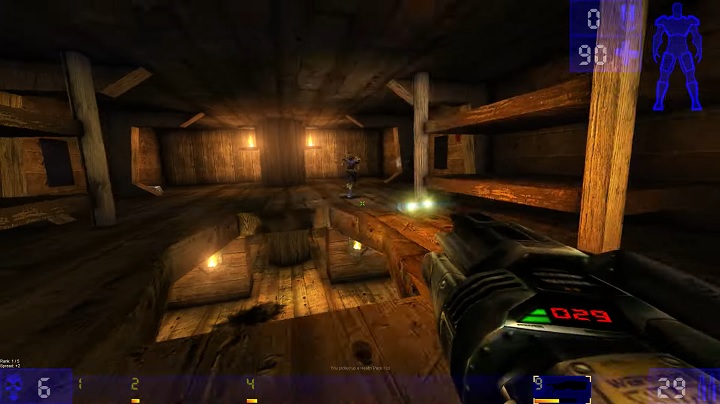
Beautiful chaos
In Unreal Tournament, whether we played alone or against others, the gameplay was exceptionally engaging and full of action. This title showcased the impressive capabilities of the Unreal Engine, looking fantastic for its era with rich textures, effective use of light and shadow, and fluid animations. The game was quite violent – a typical explosion would scatter your opponent into chunks of flesh… which now seems humorous in retrospect. The music added to the atmosphere and helped set the pace for combat. However, on launch day, Unreal Tournament might have deterred some due to its demanding system requirements.
In November of 1999, Unreal Tournament debuted on desktop computers and received exceptionally positive feedback from the media. On Metacritic, the average review score was a remarkable 92 out of 100. The game proved to be incredibly popular; by November 2001, Cliff Bleszinski had stated in Maximum PC magazine that it had sold over 2 million copies, attributing much of this success to the strong backing of its community.
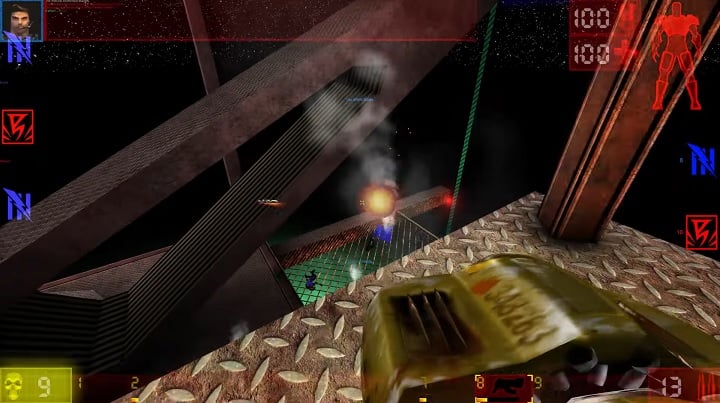
What happened next?
Initially, Unreal Tournament was not only introduced on PCs but also on PlayStation 2 in 2000 and Sega Dreamcast in 2001. This game was then succeeded by Unreal Tournament 2003 in 2002, followed by Unreal Tournament 2004 in 2004. As time passed, games related to this sub-series emerged, including Unreal Championship in 2002 and Unreal Championship 2: The Liandri Conflict in 2005, specifically designed for the first Xbox. In 2007, we saw the launch of Unreal Tournament III, initially on PCs and later on PlayStation 3 and Xbox 360.
Regrettably, the luster and industry-shaping influence of this series has diminished gradually over time. This decline reached a significant point when work on the upcoming Unreal Tournament game was halted in 2018. Initiated for development in 2014, the project eventually had to take a backseat due to Epic Games’ need to focus on another priority – their game Fortnite, which flourished considerably during that period.
How to play Unreal Tournament today?
As of now, Unreal Tournament isn’t found on Epic Games Store, GOG.com, or Steam. However, those uninterested in the physical version can access a free version, as Epic Games has allowed its distribution by fans from the Old Unreal community. The PC boxed edition is approximately $35. Alternatively, for around $20, you can obtain the version designed for PlayStation 2.
Despite the fact that its official servers have ceased operation, there’s still a dedicated group of fans who ensure Unreal Tournament continues to thrive. Consequently, locating someone to team up with is rarely challenging.
Unreal Tournament (1999)
November 23, 1999
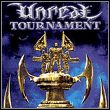
Read More
- SUI PREDICTION. SUI cryptocurrency
- „People who loved Dishonored and Prey are going to feel very at home.” Arkane veteran sparks appetite for new, untitled RPG
- LDO PREDICTION. LDO cryptocurrency
- Destiny 2: A Closer Look at the Proposed In-Game Mailbox System
- Clash Royale Deck Discussion: Strategies and Sentiments from the Community
- Jennifer Love Hewitt Made a Christmas Movie to Help Process Her Grief
- ICP PREDICTION. ICP cryptocurrency
- Naughty Dog’s Intergalactic Was Inspired By Akira And Cowboy Bebop
- Critics Share Concerns Over Suicide Squad’s DLC Choices: Joker, Lawless, and Mrs. Freeze
- EUR IDR PREDICTION
2024-11-26 13:03